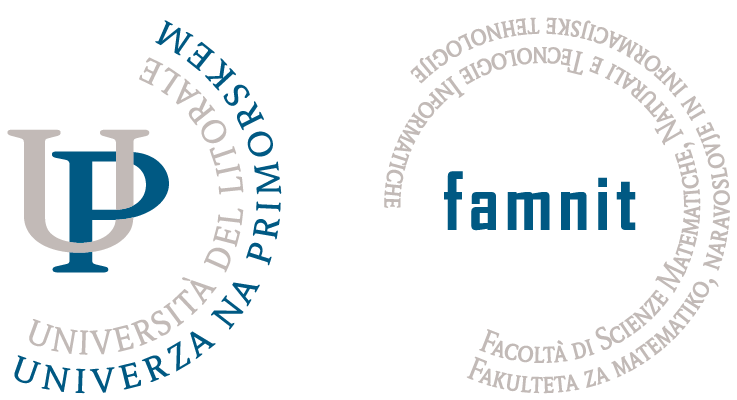11:15 – 12:00: FAMNIT-VP1
Lecturer: Martin R Bridson FRS, 8ECM Prize Committee Chair (University of Oxford)
Title: Hyperbolic geometry: where battered gems retain their full beauty
Abstract: Hyperbolic geometry provides a rich setting in which many rigidity phenomena emerge. In this talk for a general audience, I shall present several different types of rigidity phenomena, from Mostow’s classical rigidity theorem to generalizations involving the large-scale geometry of groups and spaces. I shall also explain why hyperbolicity is so ubiquitous. I shall end by sketching how a newly discovered rigidity phenomenon in hyperbolic geometry can be used to settle an old question concerning the difficulty of identifying an infinite group by studying its actions on finite objects.
12:00 – 12:45: FAMNIT-VP1
Lecturer: Maria J. Esteban, 8ECM Scientific Committee Chair (CEREMADE (CNRS UMR n° 7534), PSL Research University, Université Paris-Dauphine)
Title: Best constants for functional inequalities and spectral estimates for Schrödinger operators
12:45 – 13.30: Lunch Break (Catering)
13:30 – 14.15: FAMNIT-VP1
Lecturer: Volker Mehrmann, President, European Mathematical Society (TU Berlin)
Title: The distance to stability and the distance to instability of dynamical systems
Abstract: The analysis of the stability of a dynamical system is an essential question of mathematics. An important class of control systems is that of dissipative Hamiltonian systems that arise in all areas of science and engineering. When the system is linearized around a stationary solution one gets a linear dissipative Hamiltonian system. Despite the fact that the system looks very unstructured at first sight, it has remarkable properties. Stability and passivity are automatic, Jordan structures for purely imaginary eigenvalues, eigenvalues at infinity, and even singular blocks in the Kronecker canonical form are very restricted and furthermore the structure leads to fast and efficient iterative solution methods for associated linear systems. We discuss the distance to instability under structure preserving perturbations and also the smallest distance to the nearest stable system. An even harder problem is the distance to the nearest singular or ill-posed problem. While this in general open, for the class of dissipative Hamiltonian systems we present a simple classification. This is joint work with Christian Mehl and Michal Wojtylak.
